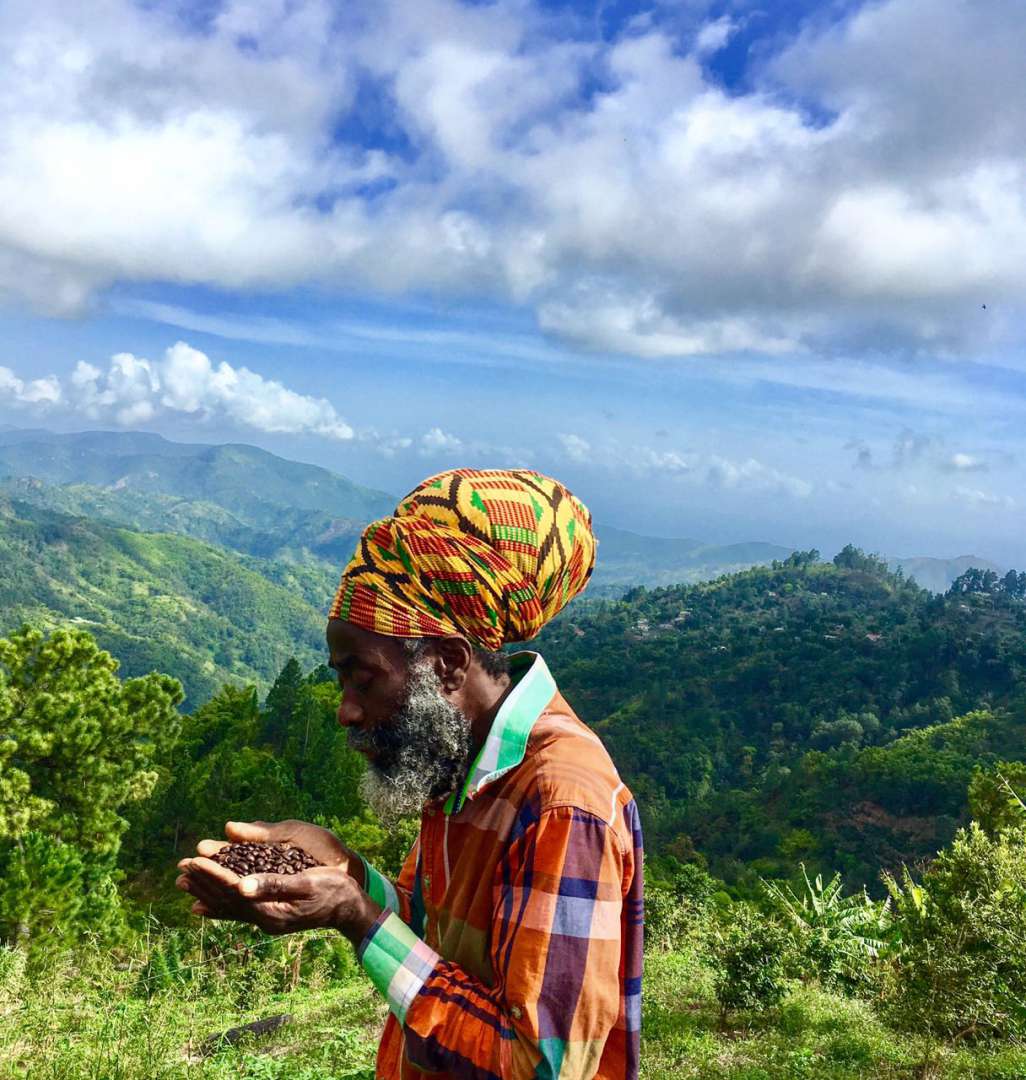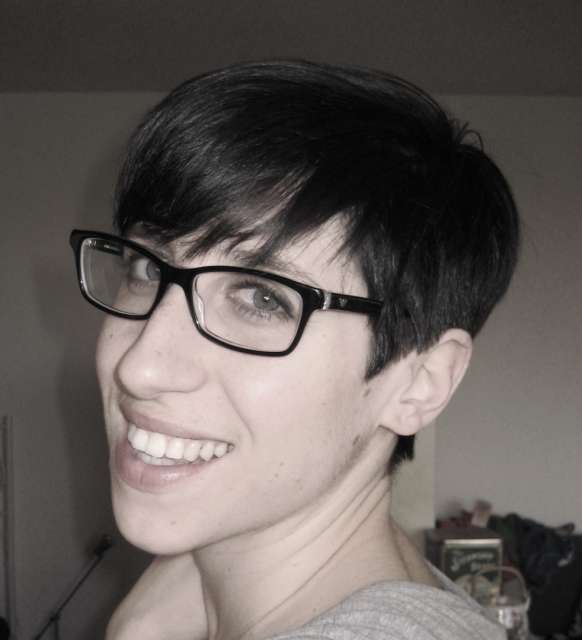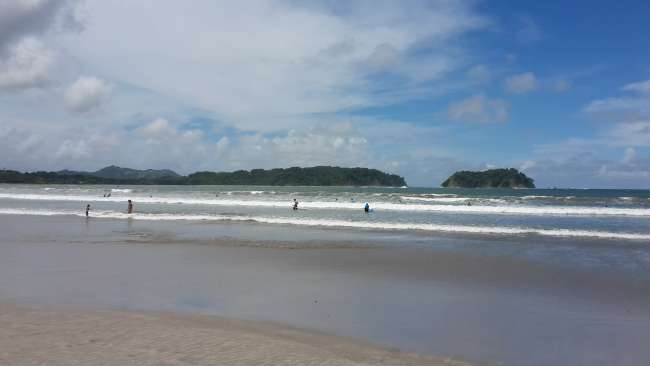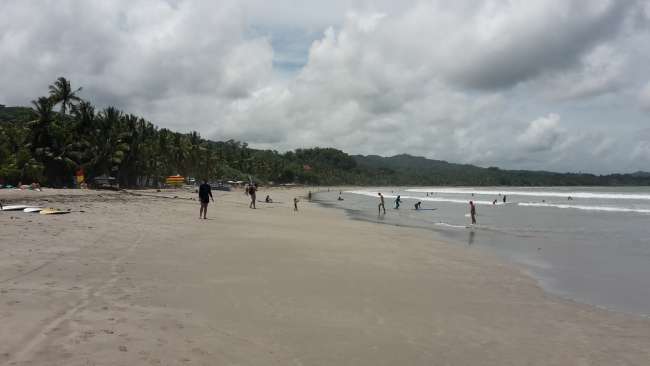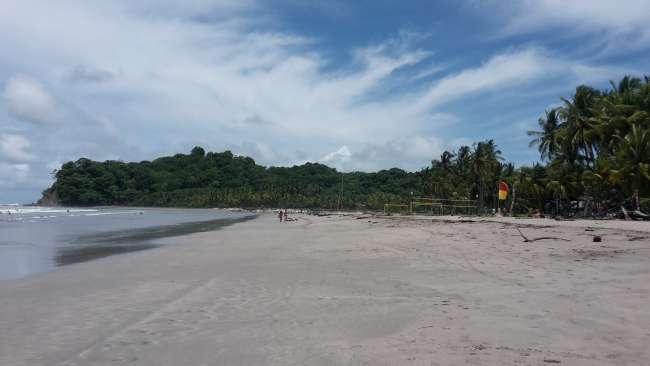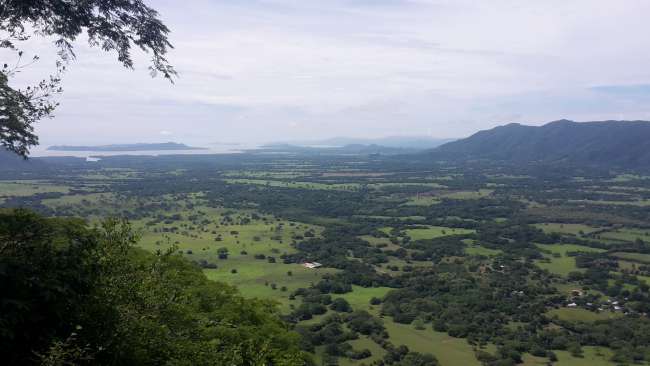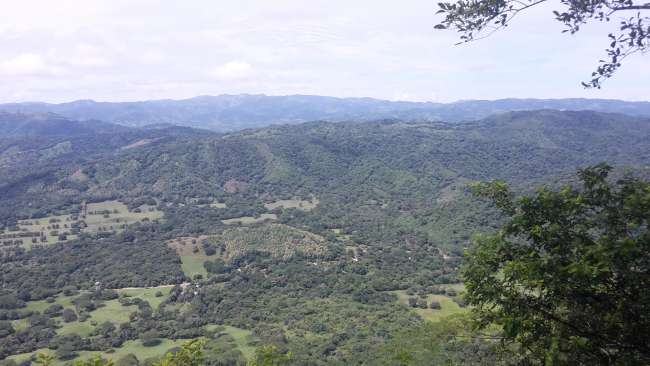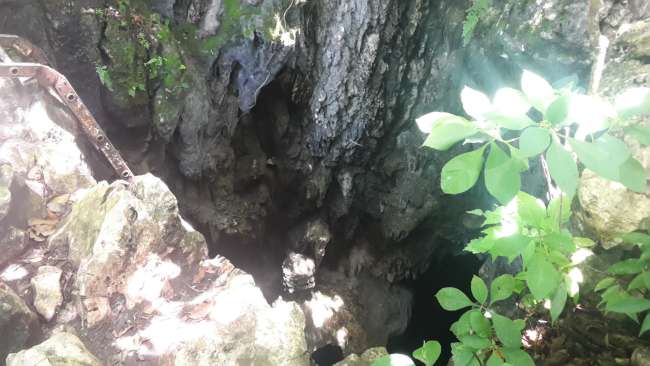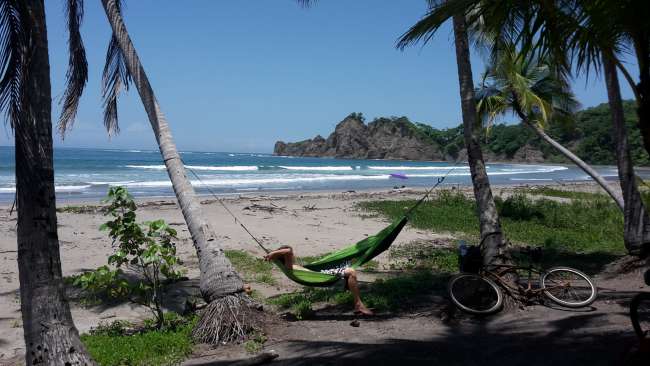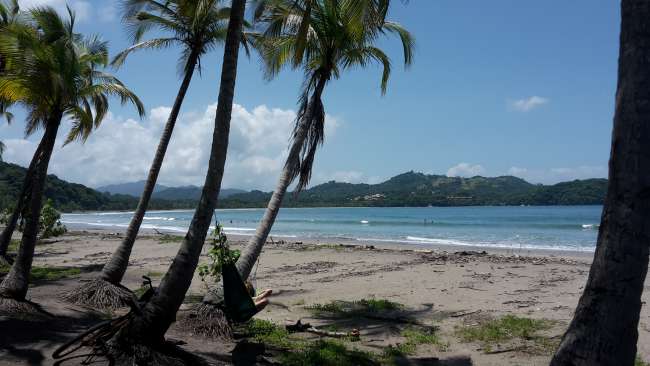Barra Honda National Park & Samara on the Pacific
Ishicilelwe: 05.08.2017
Bhalisela i-Newsletter
Around noon, we arrived in the most famous city on the northwest peninsula, Nicoya. Here you will find not only the oldest church in the country, but Nicoya is also a 'Zona Azul'. These 'Blue Zones' are places on Earth where people live significantly longer compared to elsewhere, and there are a total of five of them in the world. According to studies, the secret lies in the diet and genes. From Nicoya, you can find the most beautiful and popular beaches in the country, nestled in a tropical rainforest setting. The peninsula is dedicated to ecotourism, so you will find mostly untouched coastal regions.
In Barra Honda National Park, we visited one of the rare dry forests in the world. This national park was the best so far because it was more untouched than the others, and we were the only visitors. What made this park special was the intact limestone cave system. The caves were formed by tectonic plate movements that uplifted a 60-million-year-old coral reef. There are about 42 caves, of which 19 have been explored and two are accessible to visitors. We decided not to visit the caves because, as experienced climbers, we didn't find the value for money right. Of course, we also saw some animals in the national park. The monkeys were especially prevalent. We also enjoyed the view from the exceptional viewpoint in the national park.
When we drove to the 32 km distant beach of Samara, we knew why it is one of the most popular beaches in the country. It was picturesque. From Samara, we also made good day trips. So we decided to stay at this beautiful place for a few days. We rented bicycles and rode to nearby beaches. During these days, we regained our strength because the journey had become a bit exhausting, especially due to the climate. Unfortunately, on the penultimate day, I injured my foot because I had a minor accident with the bicycle. However, the next day we took a boat tour to see the dolphins living there. As expected, we saw the well-known bottlenose dolphins, but also humpback whales. According to our guide, the whales come to the warmer seas for mating. We saw a mother and her calf. The size of the calf, eight meters, but above all the size of the mother, about 16 meters, was more than impressive and made us feel humble.
After that, we saw some sea turtles mating and a stingray jumping out of the water. It was a great excursion. However, I was hit by seasickness so badly that I vomited three times from the boat. Everyone on the trip didn't feel well, but it definitely hit me the worst. I don't think I've ever felt so sick in my life.
David went snorkeling with the group afterwards and reported that it was also very beautiful underwater. He saw a pufferfish and many other scaly coral residents.
In the evening, we returned to San José because it's slowly time for us to go to Panama. Our flight to Jamaica is coming up soon.
Pura Vida!
Bhalisela i-Newsletter
Phendula
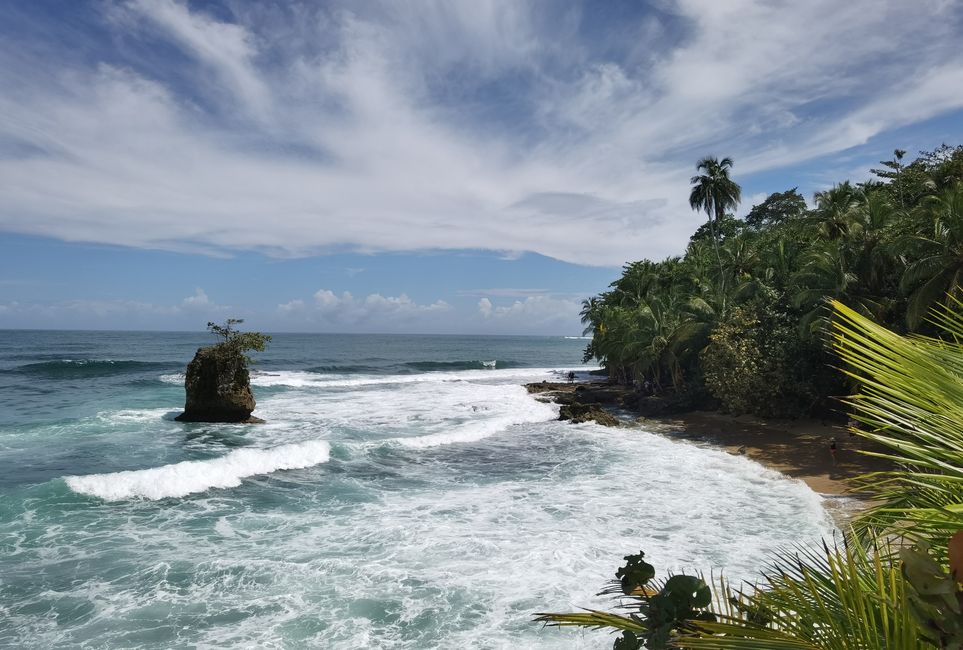
Imibiko yokuvakasha I-Costa Rica
